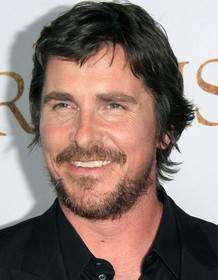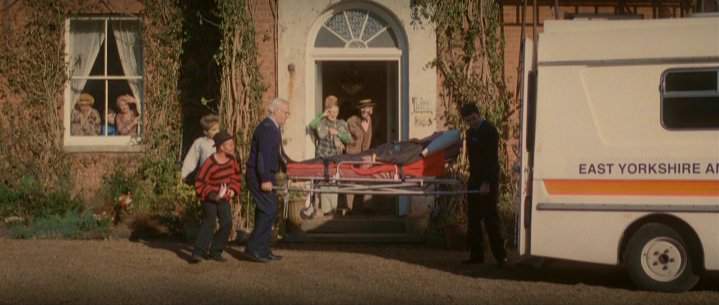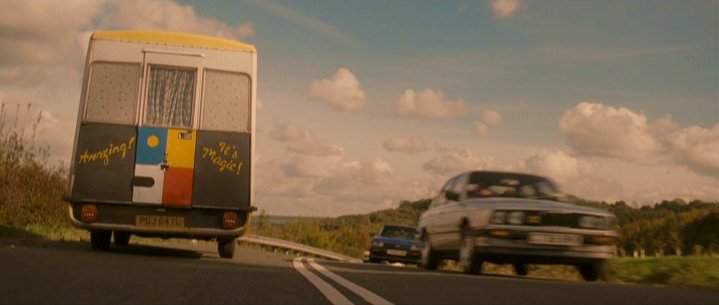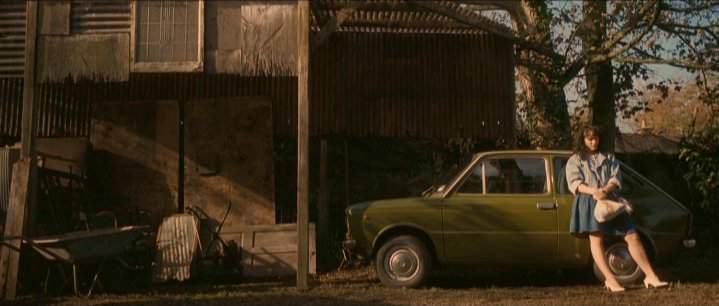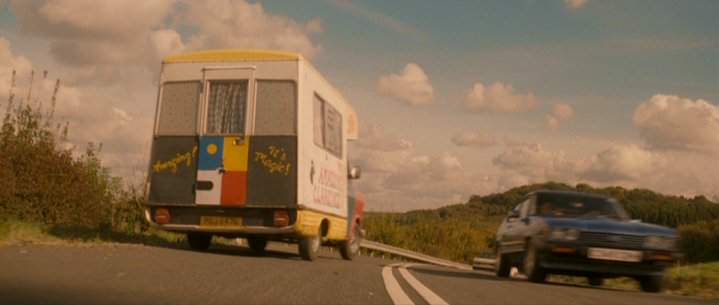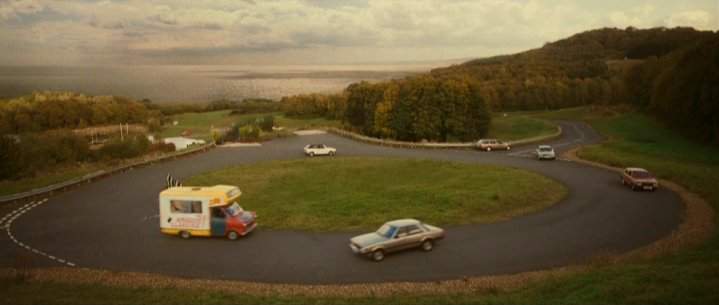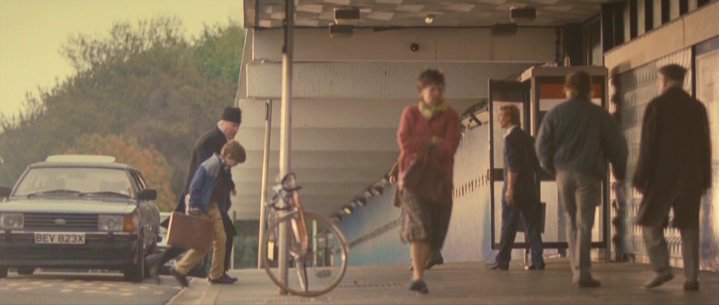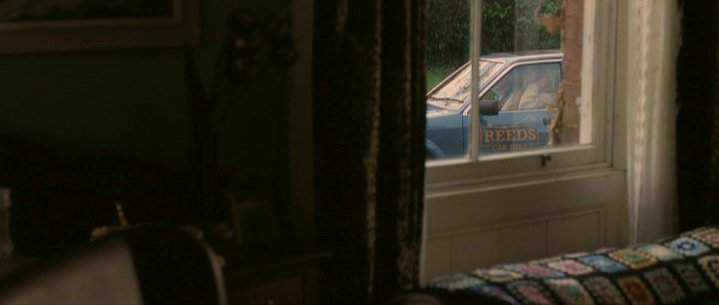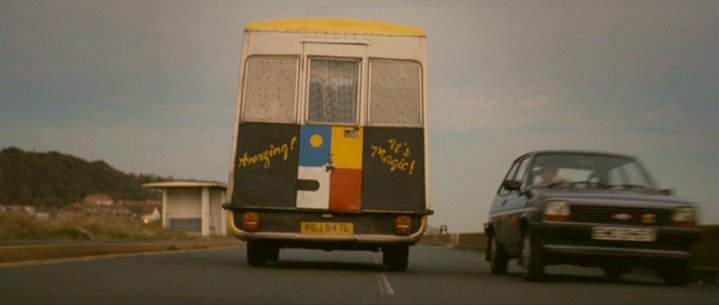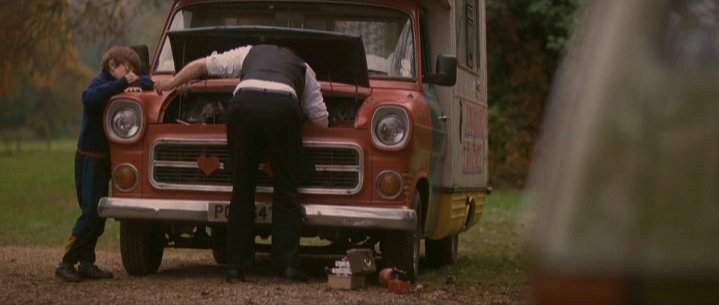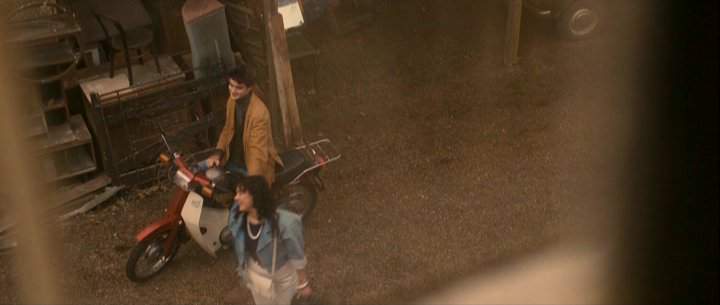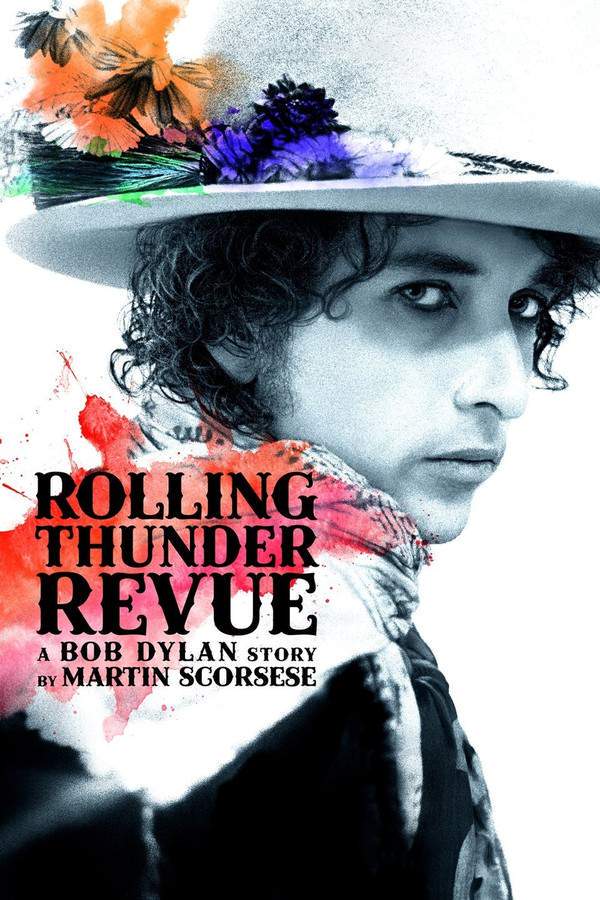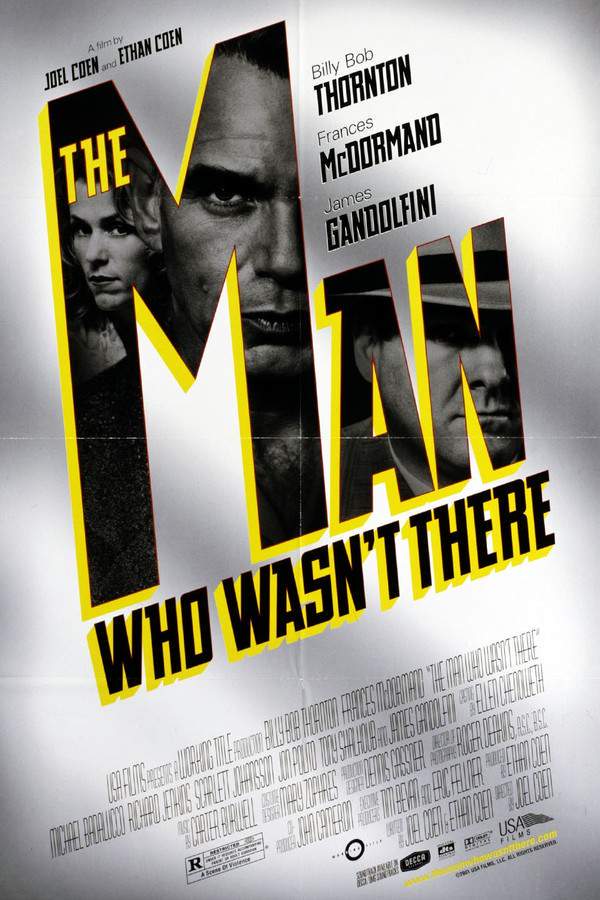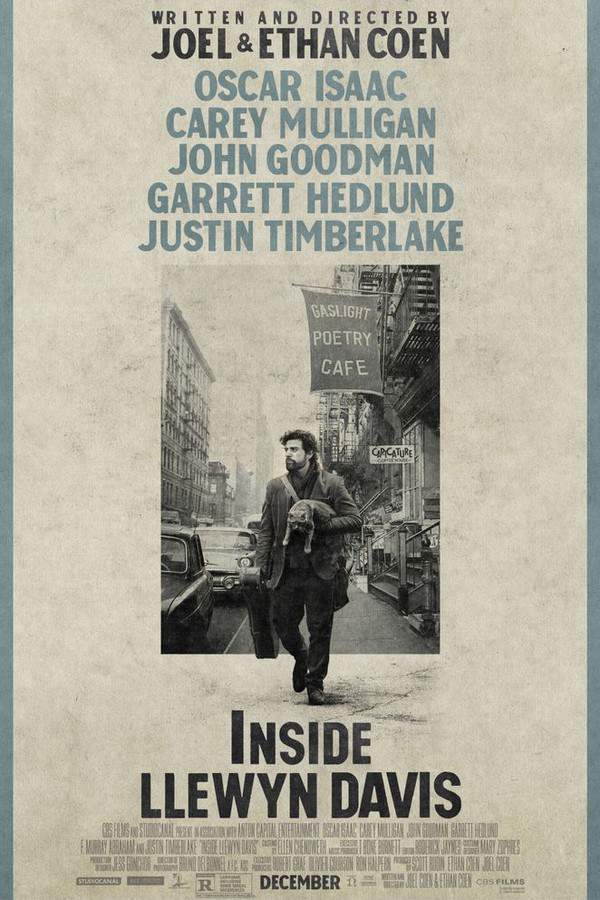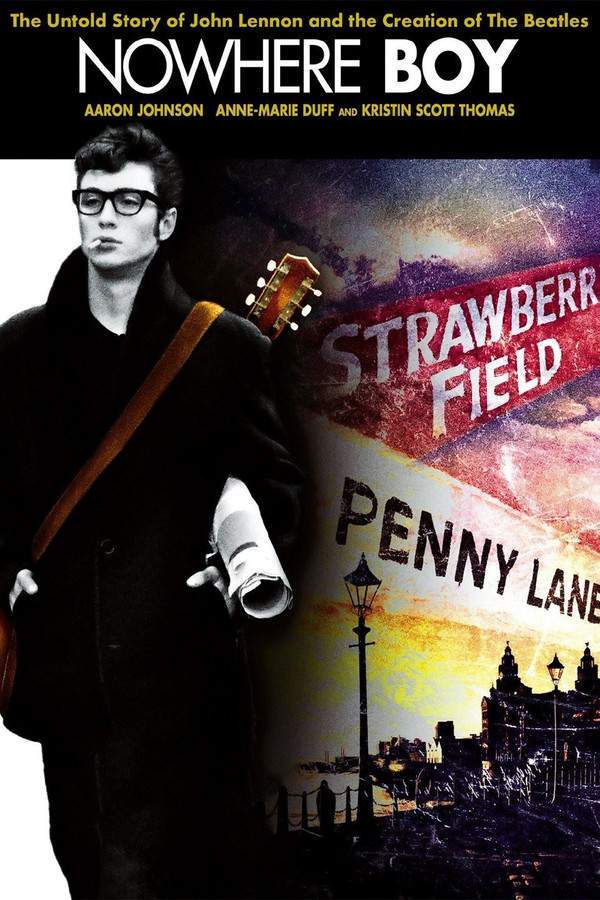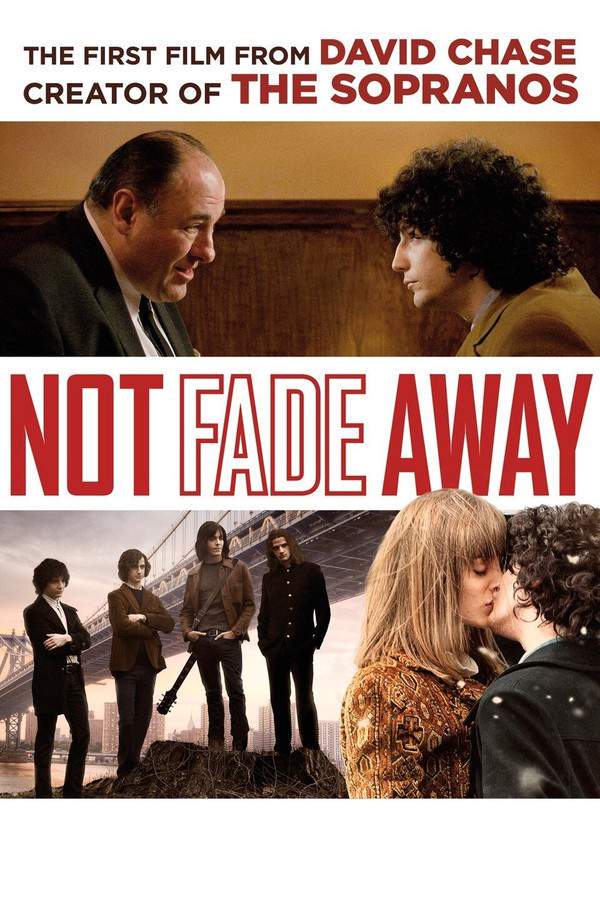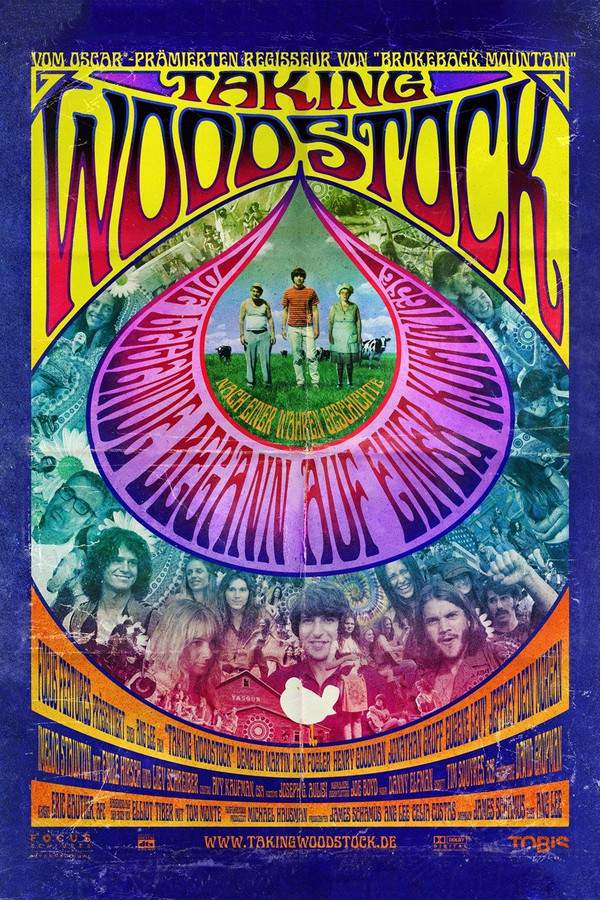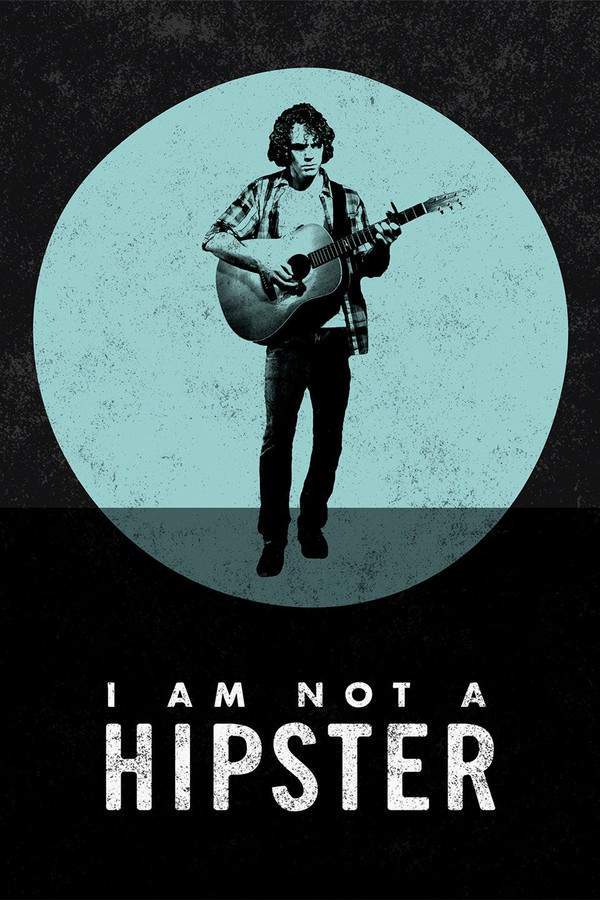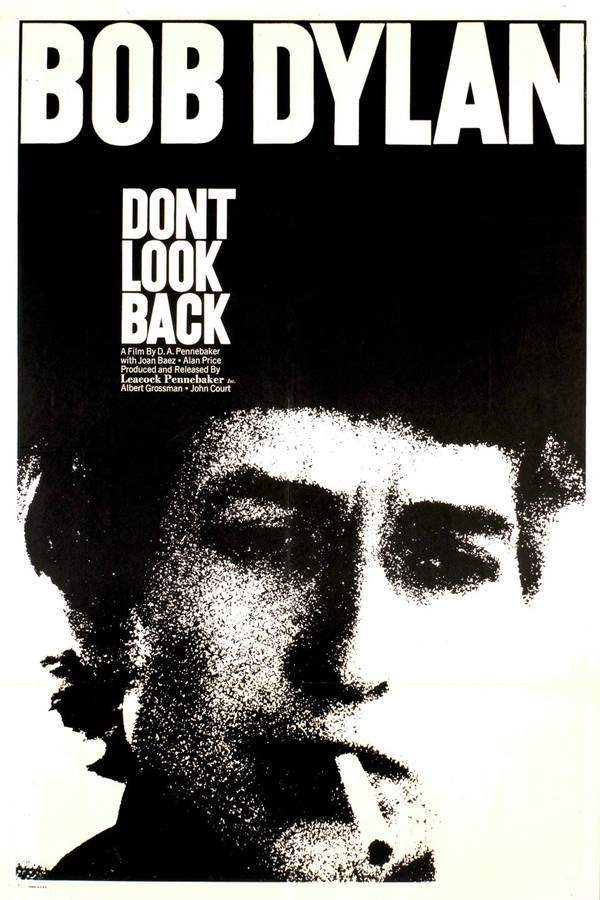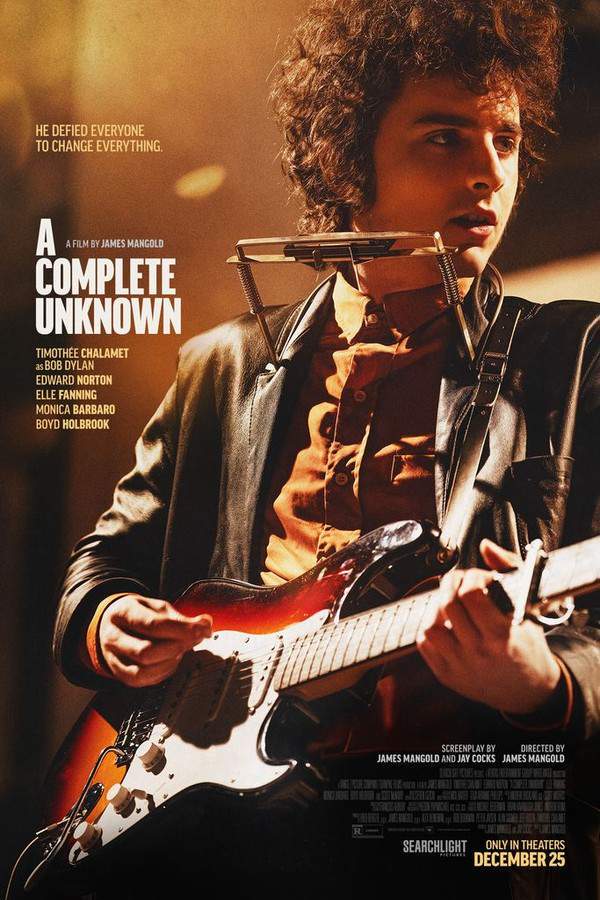I'm Not There. 2007
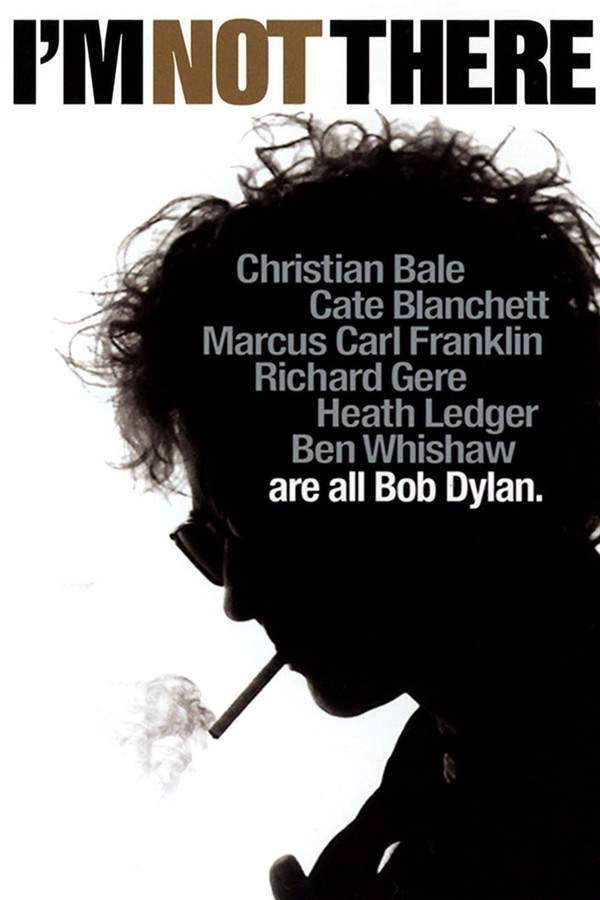
A series of interconnected stories and characters explore the life and legacy of Bob Dylan, offering a fragmented and unconventional portrait of the iconic musician. Through various actors portraying different facets of his personality – poet, outlaw, and more – the film delves into the complexities of his artistry and the cultural impact of his music, reflecting a rebellious and transformative era.
Does I'm Not There. have end credit scenes?
No!
I'm Not There. does not have end credit scenes. You can leave when the credits roll.
Meet the Full Cast and Actors of I'm Not There.
Explore the complete cast of I'm Not There., including both lead and supporting actors. Learn who plays each character, discover their past roles and achievements, and find out what makes this ensemble cast stand out in the world of film and television.
External Links and Streaming Options
Discover where to watch I'm Not There. online, including streaming platforms, rental options, and official sources. Compare reviews, ratings, and in-depth movie information across sites like IMDb, TMDb, Wikipedia or Rotten Tomatoes.
Ratings and Reviews for I'm Not There.
See how I'm Not There. is rated across major platforms like IMDb, Metacritic, and TMDb. Compare audience scores and critic reviews to understand where I'm Not There. stands among top-rated movies in its genre.

73
Metascore
7.2
User Score


76%
TOMATOMETER

69%
User Score

6.8 /10
IMDb Rating

65
%
User Score
Take the Ultimate I'm Not There. Movie Quiz
Challenge your knowledge of I'm Not There. with this fun and interactive movie quiz. Test yourself on key plot points, iconic characters, hidden details, and memorable moments to see how well you really know the film.
Exploring 'I'm Not There': Test your knowledge on the multifaceted portrayal of Bob Dylan in 'I'm Not There.'
Which character in the film is depicted as a folk icon reminiscent of Bob Dylan?
Jack Rollins
Marcus Carl Franklin
Arthur Rimbaud
Jude Quinn
Show hint
Awards & Nominations for I'm Not There.
Discover all the awards and nominations received by I'm Not There., from Oscars to film festival honors. Learn how I'm Not There. and its cast and crew have been recognized by critics and the industry alike.
80th Academy Awards 2008

61st British Academy Film Awards 2008

13th Critics' Choice Awards 2008

14th Annual Screen Actors Guild Awards 2008

23rd Independent Spirit Awards 2008
Best Feature

Best Supporting Male

Full Plot Summary and Ending Explained for I'm Not There.
Read the complete plot summary of I'm Not There., including all major events, twists, and the full ending explained in detail. Explore key characters, themes, hidden meanings, and everything you need to understand the story from beginning to end.
The film draws inspiration from the life and music of Bob Dylan, as noted in its credits. It begins with a gripping POV of a performer stepping onto the stage for a concert, only to swiftly shift to a motorcycle ride that ends in a crash, mirroring an event from Dylan’s life in 1966. The crash leaves us with Jude Quinn, portrayed by Cate Blanchett, who is later the subject of an autopsy.
The narrative travels back to 1959, where we meet a 12-year-old African-American boy named Woody Guthrie, played by Marcus Carl Franklin, who traverses the country as a hobo. Woody introduces himself to a couple of older hobos while carrying a guitar emblazoned with the phrase “This Machine Kills Fascists,” just like the actual Woody Guthrie. His journey unfolds with a recounting of his life story, which includes a failed circus performance and a heartwarming connection with an African American family who shelter him. During dinner, the matriarch profoundly advises Woody to, > “Live your own time child, sing about your own time.” Later, as Woody continues his travels, he’s confronted by thieves on a freight train but narrowly escapes, plummeting into a river. He briefly envisions a mystical underwater woman before being rescued by a white couple who take him in. However, their kindness is interrupted when they are contacted by a juvenile correction center seeking Woody, leading him to leave once again in search of his idol, the real Woody Guthrie, whom he visits in a hospital.
Interwoven in the narrative is an artist named Arthur Rimbaud, portrayed by Ben Whishaw, who claims to be named after the French poet admired by Dylan. Set against the backdrop of Dylan’s emergence in the 1960s, Arthur serves as a reflective narrator, recounting the facets of the different personas portrayed throughout the film.
The story then touches on Jack Rollins, played by Christian Bale, illustrating a version of Dylan during his folk era. As Jack rises to fame in Greenwich Village, his character is fleshed out through the accounts of friends and acquaintances, notably Alice, based on Joan Baez. After a fateful civil rights event post-JFK’s assassination, Jack spirals into disillusionment, calling his own songs “finger-point songs” and ultimately distancing himself from folk music.
The dramatization of Jack’s journey continues with Robbie Clark, a character played by Heath Ledger, who encapsulates the troubles of relationships against the backdrop of his burgeoning career. His romance with Claire, depicted by Charlotte Gainsbourg, reflects the complexities of love marred by ambition and artistic pursuits. As Robbie’s professional life eclipses his marriage, Claire faces her own disillusionment with Robbie’s increasingly toxic behavior. The poignant moments in their relationship show their attempts to mend their bond, culminating in court, where they negotiate custody of their children.
As we return to Jude Quinn, performing at the Newport Folk Music Festival, he experiences a tumultuous transformation from a protest singer to a perceived sell-out, met with hostility from fans. His international tour leads him to England, where he struggles with the chaos of fame, drug use, and the disintegrating remnants of his personal relationships. Brought to a head during an emotionally charged performance of “Ballad of a Thin Man,” Jude grapples with his identity, ultimately revealing profound truths about himself as the layers peel away to expose a troubled past.
The narrative weaves through time, and we confront Billy played by Richard Gere, reflecting on his past under the weight of memory and loss. The film’s final moments capture Billy’s melancholic journey intertwined with Dylan’s legacy, as he struggles to find his own path amidst the chaos of life and external pressures. His closing words encapsulate the essence of change and the multifaceted nature of identity, leading to poignant reflections on freedom and self-discovery.
As the tale concludes, we glimpse clips of Bob Dylan, a fitting tribute to the man who inspired this intricate tapestry of art and life, leaving viewers with the echoes of his harmonica fading away into silence.
Uncover the Details: Timeline, Characters, Themes, and Beyond!

Coming soon on iOS and Android
The Plot Explained Mobile App
From blockbusters to hidden gems — dive into movie stories anytime, anywhere. Save your favorites, discover plots faster, and never miss a twist again.
Sign up to be the first to know when we launch. Your email stays private — always.
Watch Trailers, Clips & Behind-the-Scenes for I'm Not There.
Watch official trailers, exclusive clips, cast interviews, and behind-the-scenes footage from I'm Not There.. Dive deeper into the making of the film, its standout moments, and key production insights.
Cars Featured in I'm Not There.
Explore all cars featured in I'm Not There., including their makes, models, scenes they appear in, and their significance to the plot. A must-read for car enthusiasts and movie buffs alike.
I'm Not There. Themes and Keywords
Discover the central themes, ideas, and keywords that define the movie’s story, tone, and message. Analyze the film’s deeper meanings, genre influences, and recurring concepts.

Unlock the World of Movies with Our Comprehensive Wiki
Dive into our Movie Wiki for in-depth film encyclopedia entries, including cast biographies, production trivia, plot synopses, behind-the-scenes facts, and thematic analyses. Whether you’re researching iconic directors, exploring genre histories, or discovering hidden easter eggs, our expertly curated movie database has everything you need to fuel your cinematic passion.

Similar Movies To I'm Not There. You Should Know About
Browse a curated list of movies similar in genre, tone, characters, or story structure. Discover new titles like the one you're watching, perfect for fans of related plots, vibes, or cinematic styles.
Quick Links: Summary, Cast, Ratings, More

What's After the Movie?
Not sure whether to stay after the credits? Find out!
Explore Our Movie Platform
New Movie Releases (2025)
Famous Movie Actors
Top Film Production Studios
Movie Plot Summaries & Endings
Major Movie Awards & Winners
Best Concert Films & Music Documentaries
Movie Collections and Curated Lists
© 2025 What's After the Movie. All rights reserved.



